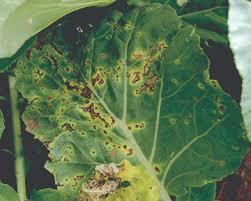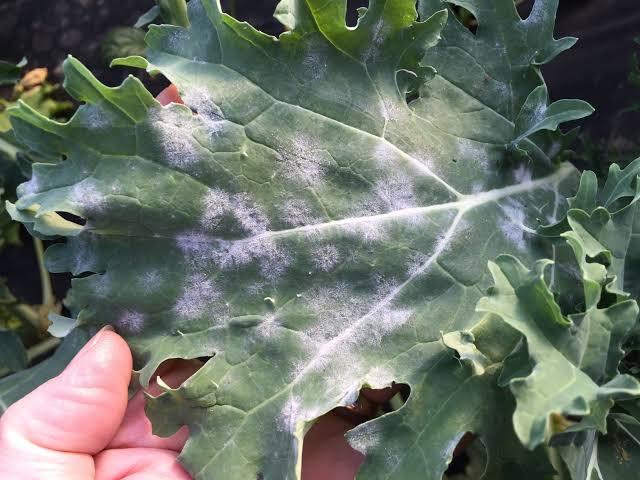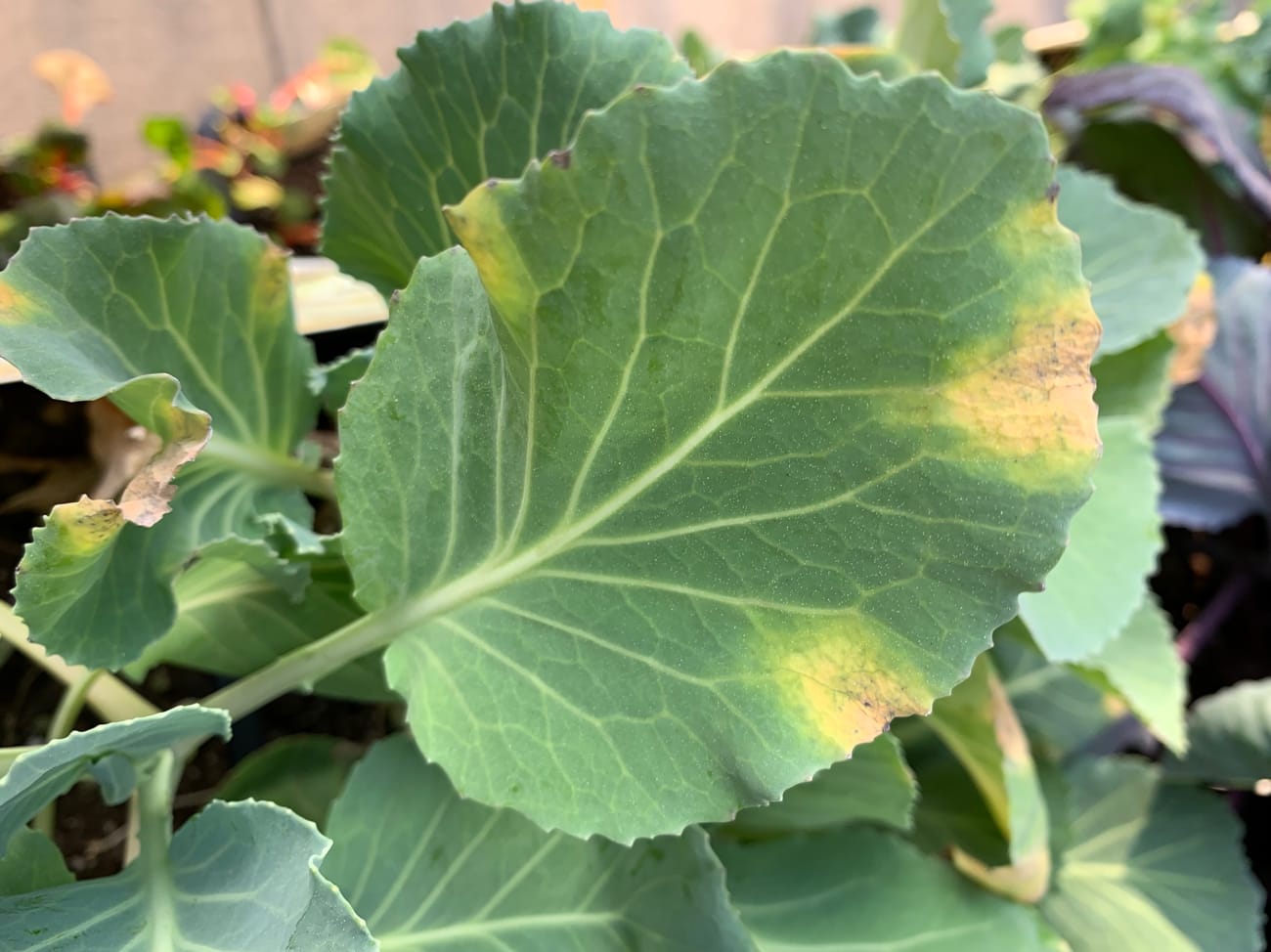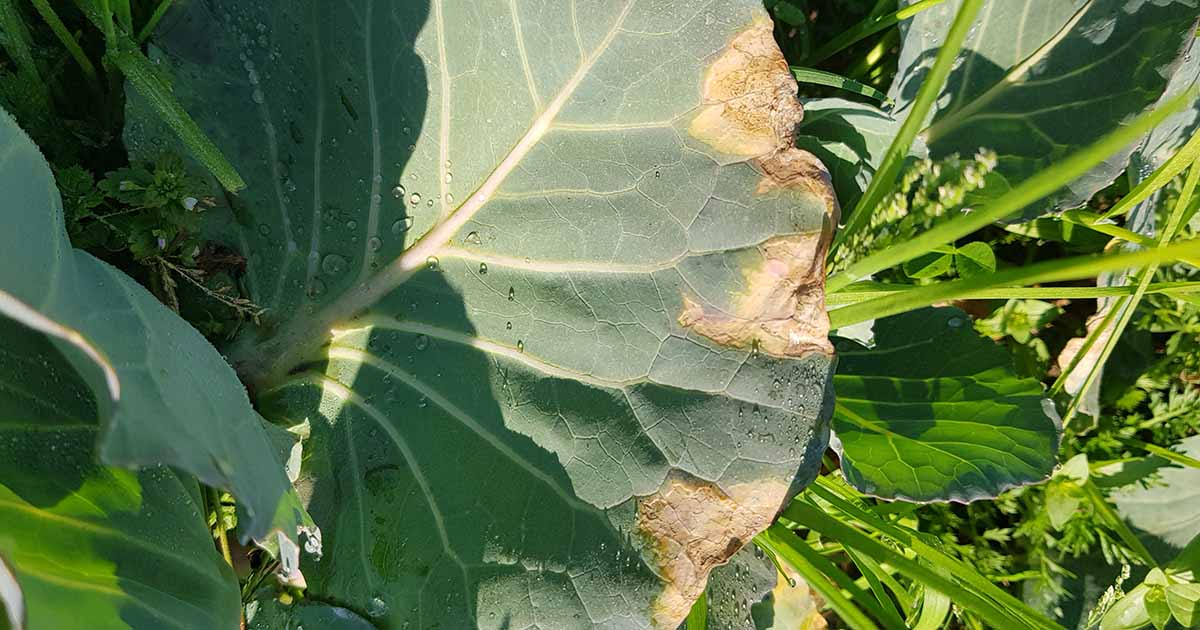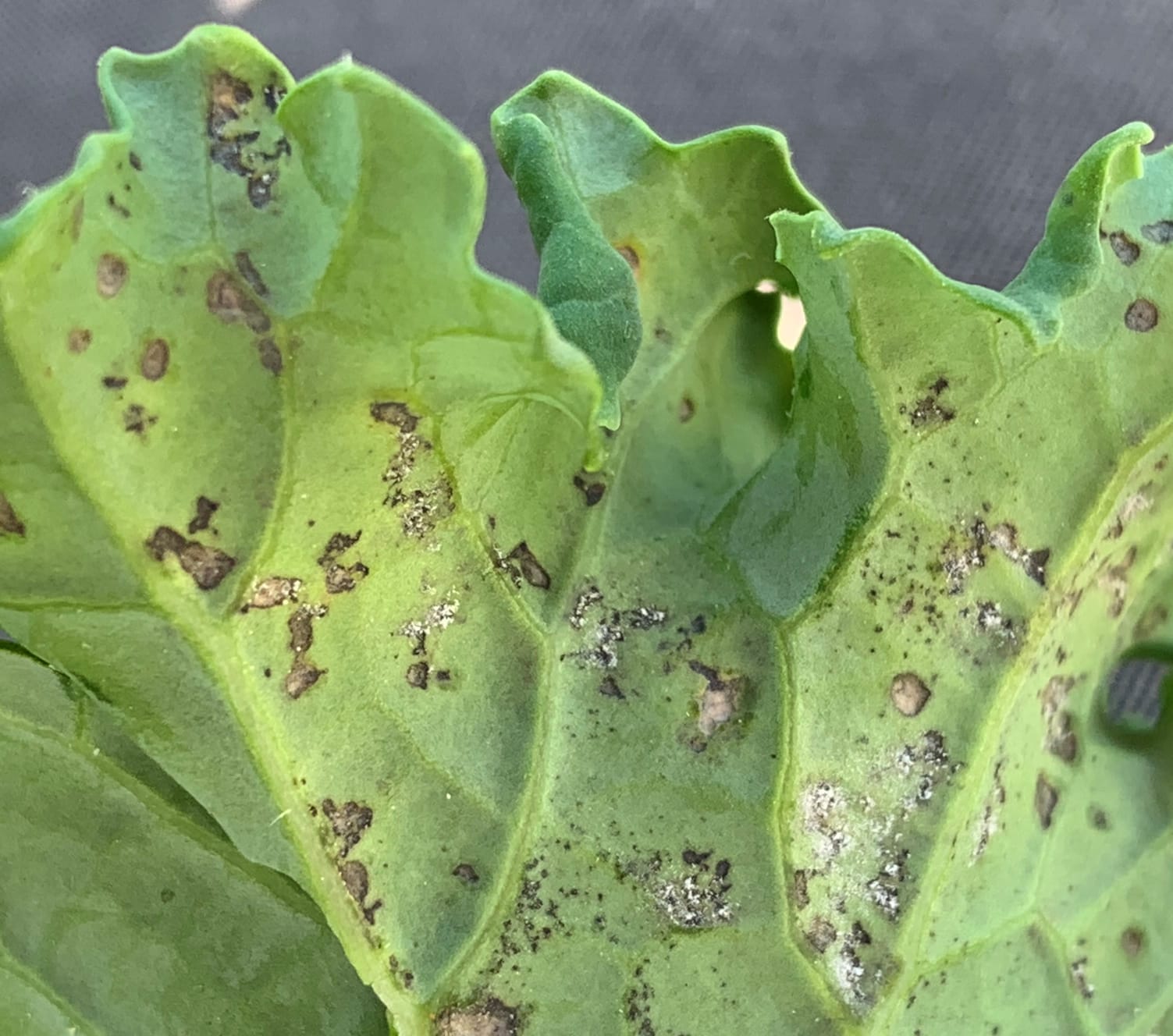Collard greens Plant
Collard greens, an annual , prefer well-drained, fertile soil and full sun to partial shade. They are frost-tolerant and benefit from regular watering.
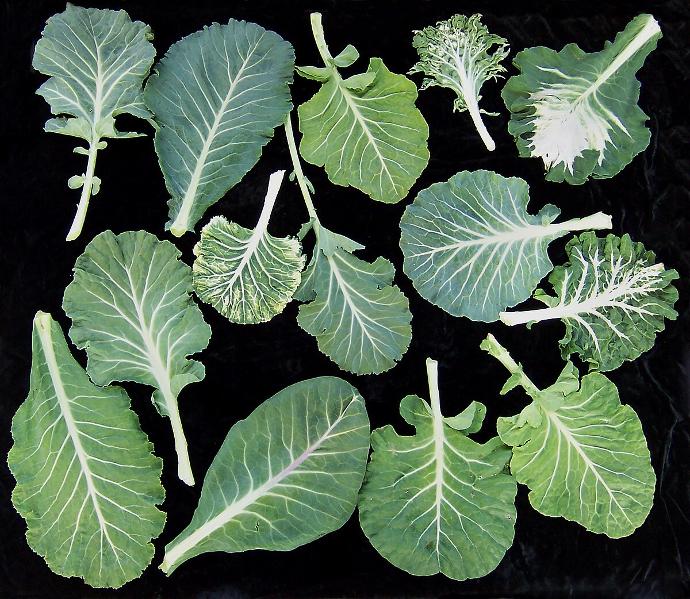
Habit
Annual
Height
50-90 cm
Growth
Fast
Soil
Well Drained, fertile
Shade
Full Sun to Partial shade
Moisture
Moist
Edible
Yes
Medicinal
Yes
Origin
Mediterranean
Climatic Condition
Temperate, Subtropical
Temperature (°)
10-25°C
Humidity (%)
50-80%
Potting media
Peat, compost
Fertilizers
Nitrogen-rich NPK
Watering
Moderate watering
Plant Weight
300-700 g
Flowering Time
Year-round
Soil Ph level
6.0 - 6.5
Water Ph level
6.0 - 6.5
Soil EC
1-2 dS/m
Yield Per Plant
2-4 kg per plant
NPK ratio
10:10:10
life Span
Biennial
Health Benefits
High in vitamins A, C, K, antioxidants
Suggested Grow Media or Potting Mix ?
40% compost, 30% peat moss, 30% perlite
Suggested Fertigation/Fertilizers
Fertilize every 2 weeks with a balanced, water-soluble fertilizer.
Common Diseases and Remedies
:black rot, downy mildew, and Alternaria leaf spot.
white patches on leaves ,brown and black water sunken spots on leaves.
neem oil and baking soda .
HEALTH BENEFITS
- Rich in Vitamins & Minerals: High in vitamins A, C, K, calcium, and fiber.
- Supports Bone Health: Vitamin K helps with bone mineralization.
- Detoxifies the Body: Contains antioxidants that support liver function.
- Heart Health: Fiber helps lower cholesterol levels.
What Is An Collard Tree?
Collard greens are an easy-to-grow biennial plant. They are utilized in many different cuisines all over the world and are a staple vegetable in Southern American cuisine. Collard greens are renowned for their nutritional value and ability to safeguard health because they are high in vitamins and minerals. They're a great source of folate, calcium, and the vitamins A, C, and K. They also include a lot of fiber and antioxidants.

What Are The Different Types Of Collard Plants?
1. Georgia Southern Collard Greens
A well-liked type with big, deep green leaves and a subtle taste. It is thought that the southern United States is where this cultivar first appeared.
2. Morris Heading Collard
An heirloom variety with delicate, blue-green foliage that is open-pollinated. This type, sometimes referred to as "cabbage collards," is useful for making single-cut collards.
3. Collard greens with a "Blue Stem," or vates
A well-liked cultivar with big, succulent dark green leaves.
4. Dypsis Lanceolata
A Vates variety with waxy blue-green leaves and a mild flavor. It can withstand frost and has a longer harvest period
5. Champion collard greens
A Vates variety with waxy blue-green leaves and a mild flavor. It can withstand frost and has a longer harvest period.
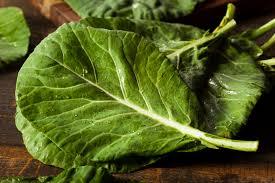
How to care for collard Plants ?
1. location
Collard greens can be cultivated in most parts of the United States, although they are native to Asia Minor and the eastern Mediterranean. Their ideal growing conditions are cool weather, full sun, and rich, well-drained soil.
2. sunlight
Collard greens need to be in direct sunlight for a minimum of six hours a day. Some people prefer full sun or partial shade for their collard greens.
3. Hydration
Collard greens require about 1 to 1.5 inches per week. It is important to water the plant at the base to avoid powdery mildews.
4. Soil
Collard greens thrive in soil that is rich in nitrogen. Compost and organic matter can be added to the soil to make it more fertile. To keep the soil moist and weed-free, add a layer of 3-inch organic mulch.
5. Nutrition
Apply a 3-inch layer of organic mulch to retain soil moisture and suppress weed growth

6.Issues
Lack of nutrients: Chlorosis, characterized by yellowing of leaves between the veins, may be due to a lack of essential nutrients. When grown in poor soil, collards require additional nitrogen as they are considered to be heavy feeders. Common illnesses are black rot, downy mildmew, Alternaria leaf spot, fusarium yellows, anthracnose, cercospora leaf spot, and white leaf spot.
What are the Benefits of Collard Plants ?
Collard greens may also lower the risk of certain types of cancer and promote bone, eye, heart, and digestive health.
Vitamin A:A fat-soluble vitamin that acts as a powerful antioxidant. One cup of collard greens contains 300% of the recommended daily value of vitamin A.
Fiber:One cup of cooked collard greens contains about 5.5 grams of fiber, which is about 20% of the daily value. Fiber can help maintain digestive health, regulate bowel movements, and nurture the gut with good bacteria.

FAQs About Growing Collard
1. What's the best time to plant collard greens?
The collard is a cool-season crop that should be grown during early spring or fall.
2.How long do collard greens take to grow?
Collards generally take 75 days to reach maturity, but the leaves can be harvested before. Plants can be harvested and cut to ground level when they reach 6 to 10 inches in height, or you can pick the individual leaves based on size preference.
3.What is the Indian name for collard greens?
In India, collards are mostly grown in Kashmir and are often referred to as 'haak saag'.
4.What's so special about collard greens?
Collard greens are nutrient dense and low in calories. They're an excellent source of calcium, folate, and vitamins K, C, and A. Furthermore, they're high in fiber and antioxidants.
5.Can I grow collard greens indoors?
They can even survive frost. The benefit of growing collard greens indoors hydroponically is that they are prone to pests such as caterpillars. Inside a hydroponic greenhouse, this will not be an issue, and they can grow to harvest without problem.
